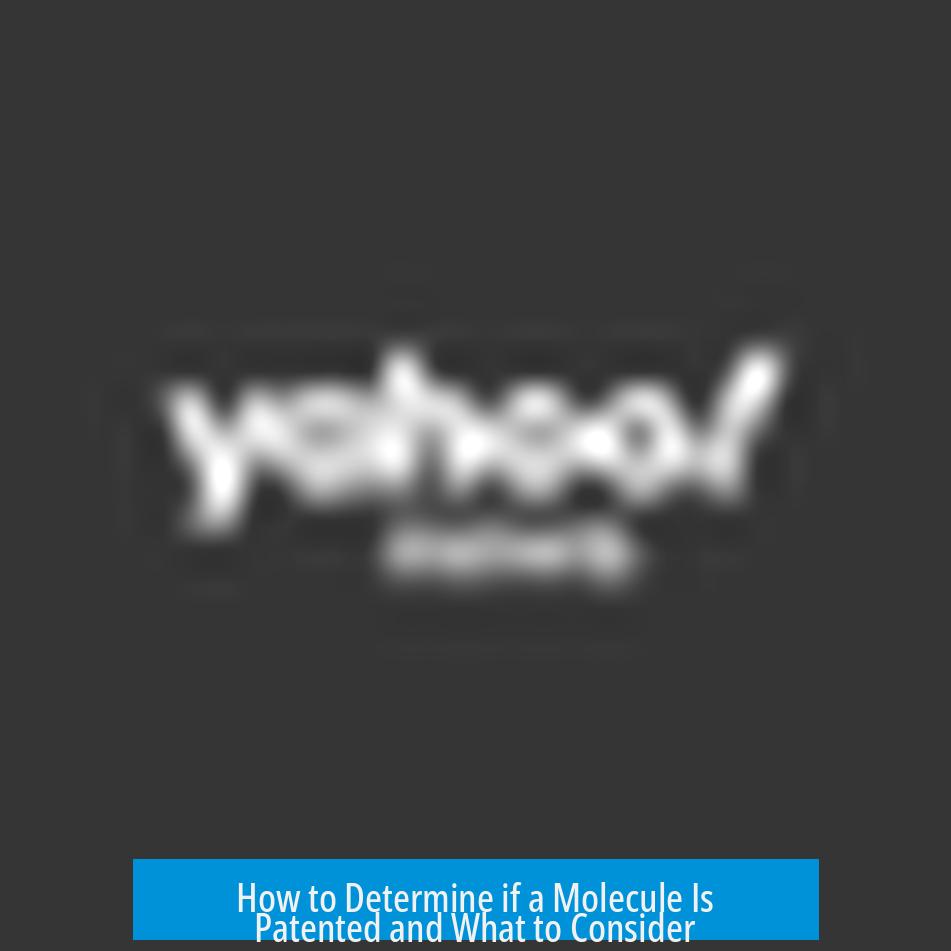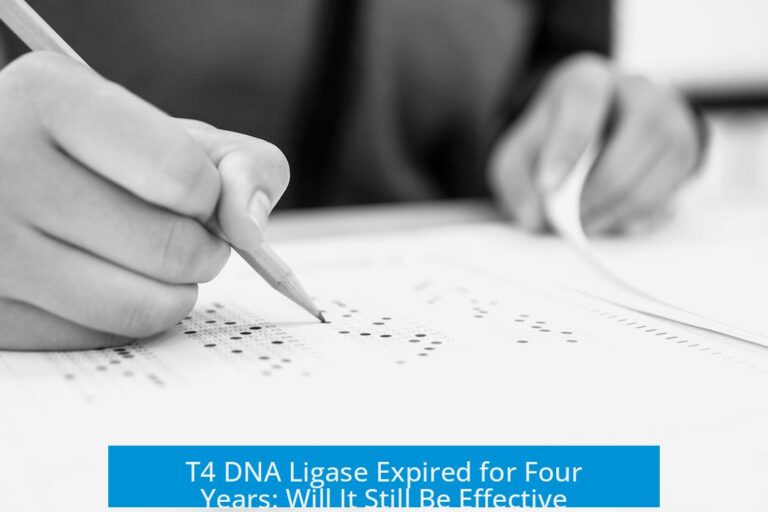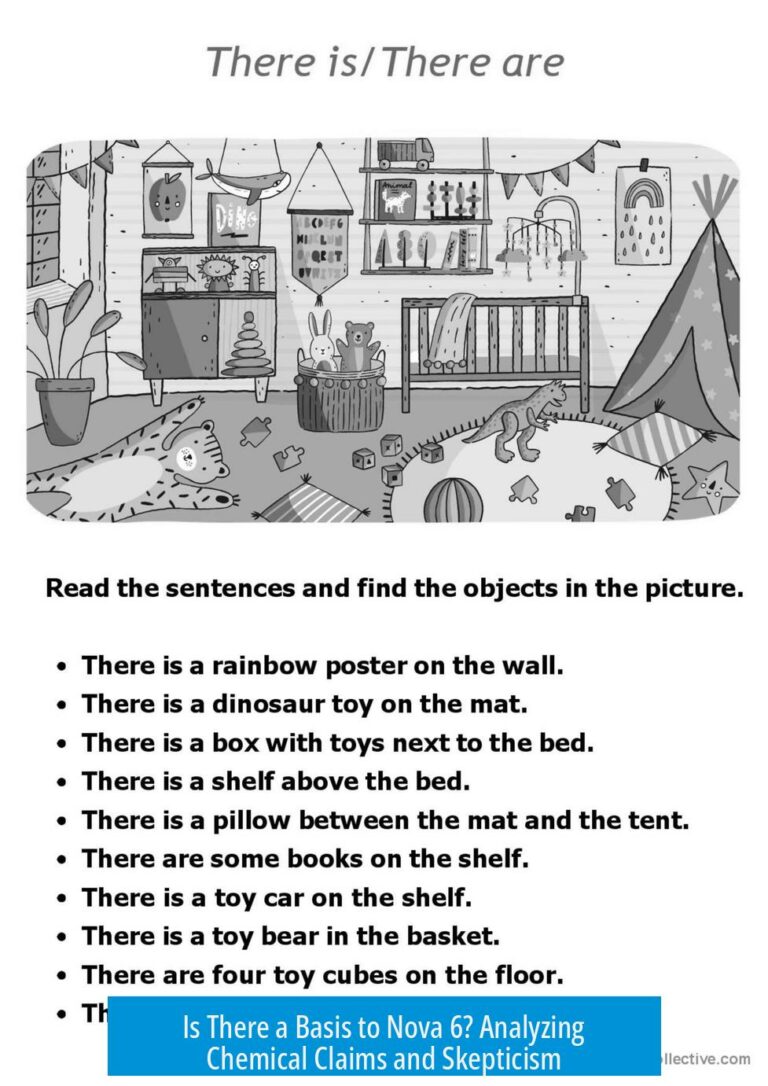How to Determine if a Molecule Is Patented
To know if a molecule is patented, begin by conducting a thorough literature search using tools like SciFinder. Follow up with professional assistance from intellectual property (IP) attorneys or technology transfer offices to confirm patent status and explore patent scopes. This approach helps identify both the chemical structure and its possible patent claims.
1. Start with a Literature and Database Search
Begin by searching databases, such as SciFinder, to find existing information on your molecule or similar analogs. This step helps detect if the exact or related structures have been documented or patented.
However, SciFinder has limitations. It frequently lacks comprehensive patent coverage due to complex Markush (Marpat) representations used in chemical patents. This complexity makes direct patent identification challenging solely through SciFinder.
2. Understand Different Levels of Patent Protection
Chemical patents vary in scope:
- Compound Patents: Cover the exact chemical structure. This is the strongest protection.
- Use Patents: Protect new applications or treatments involving the molecule, even if the structure is known.
- Combination Patents: Include the molecule’s use with other compounds or formulations.
Patents may claim the molecule itself or its use in specific contexts, making a patent search more nuanced than a simple structure match.
3. Novel Uses Can be Patented
Even if a molecule is not new, discovering a novel use makes it patentable. This expands patent possibilities beyond merely new chemical entities.
4. Seek Professional Guidance
Due to the complexities of patent law and chemical Markush structures, consulting an IP attorney is essential. They can perform detailed patent searches, interpret claims, and advise on patentability and freedom-to-operate.
Universities often have technology transfer offices with legal resources and funding to help researchers protect inventions. Engaging with these offices can facilitate patent assessments and filings.
5. Costs and Using Patent Search Firms
Professional patent searches can be costly. For example, in the US, detailed patent searches may cost around $3,000, while filing a patent application with legal assistance can reach $10,000 or more. Considering budget and expertise is important before proceeding.
Key Takeaways
- Start by searching scientific databases for your molecule and related analogs.
- Understand that patents may cover the molecule, its uses, or combinations.
- Novel uses of known molecules can be patentable.
- Hire IP attorneys or consult university tech transfer offices for expert help.
- Professional patent searches and filings involve significant costs.





Leave a Comment